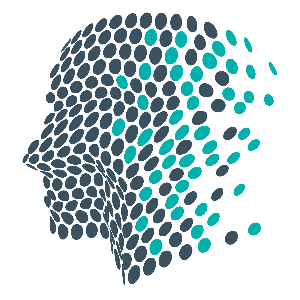Back to School
This month the MHC family are focusing on going back-to-school and all that it entails from school lunches to separation anxiety. In this blog I would like to discuss what parents need to look out for in regard to their child’s mental health and how they can help to build resilience in their child and/or children.
Beyond Blue state that it can take weeks for children to adjust to their new class, make friends and get to know their teachers. Children starting a new school can also feel a sense of loss at having to leave their familiar environment behind. If you notice changes in your child’s behaviour lasting beyond the first couple of weeks, speak to school staff about your concerns.
The Beyond Blue online child mental health check list aims to measure a broad range of social, emotional or behavioural difficulties your child may be experiencing. These questions relate to how your child has been thinking, feeling and behaving in general. Tick the box next to each question that best describes your child. The higher the score, the more likely your child is experiencing a problem that would benefit from professional support. Follow the link below:
https://healthyfamilies.beyondblue.org.au/age-6-12/mental-health-conditions-in-children/child-mental-health-checklist
Based on your score Beyond Blue will provide you with some guidance in seeking further support. Regardless of the child mental health check list results, if you are worried about your child’s mental health at any point, you should speak with a health professional. Your treating General Practitioner is always a good place to start.
What does building resilience mean? It is a child’s ability to cope with ups and downs, and bounce back from the challenges they experience during childhood such as moving home, changing schools, studying for an exam or dealing with the death of a loved one. Building resilience helps children deal with current difficulties that are part of everyday life, but also to develop the basic skills and habits that will help them deal with challenges later in life, during adolescence and adulthood.
Resilience is important for children’s mental health. Children with greater resilience are better able to manage stress, which is a common response to difficult events. Stress is a risk factor for mental health conditions such as anxiety and depression, if the level of stress is severe or ongoing. Below is a link to building resilience in children aged 0 to 12 years of age.
https://www.beyondblue.org.au/who-does-it-affect/children/building-resilience-in-children-aged-0-12
Resilience is shaped partly by the individual characteristics we are born with (our genes, temperament and personality) and partly by the environment we grow up in — our family, community and the broader society. While there are some things we cannot change, such as our biological makeup, there are many things we can change.
One way of explaining the concept of resilience is to imagine a plane encountering turbulence mid-flight. The turbulence, or poor weather, represents adversity. Different planes will respond to poor weather conditions in different ways, in the same way different children respond to the same adversity in different ways.
The ability of the plane to get through the poor weather and reach its destination depends on:
the pilot (the child)
the co-pilot (the child’s family, friends, teachers and health professionals)
the type of plane (the child’s individual characteristics such as age and temperament)
the equipment available to the pilot, co-pilots and ground crew
the severity and duration of the poor weather.
We can all help children become more resilient and the good news is, you do not have to do it alone.
You can ask other adults such as carers and grandparents to help. Building children’s resilience is everyone’s business, and it is never to early or too late to get started. There are some simple things you can do in your own home.
The latest research found that there are five areas that offer the best chance for building resilience in children.
As a parent, carer, or significant adult, you can help to develop essential skills, habits and attitudes for building resilience at home by helping your child to:
It is important to remember that the recommended strategies:
are suitable for everyday use with children aged 0–12 years
have been tailored for pre-school aged children (1–5 years) and
primary school aged children (6–12 years)should be prioritised in a way that best meets your child’s needs.
If your child is currently experiencing stress, challenges or hardships in life which are affecting their wellbeing, additional professional support may be necessary.
Visit Beyond Blue for more online information and support.



